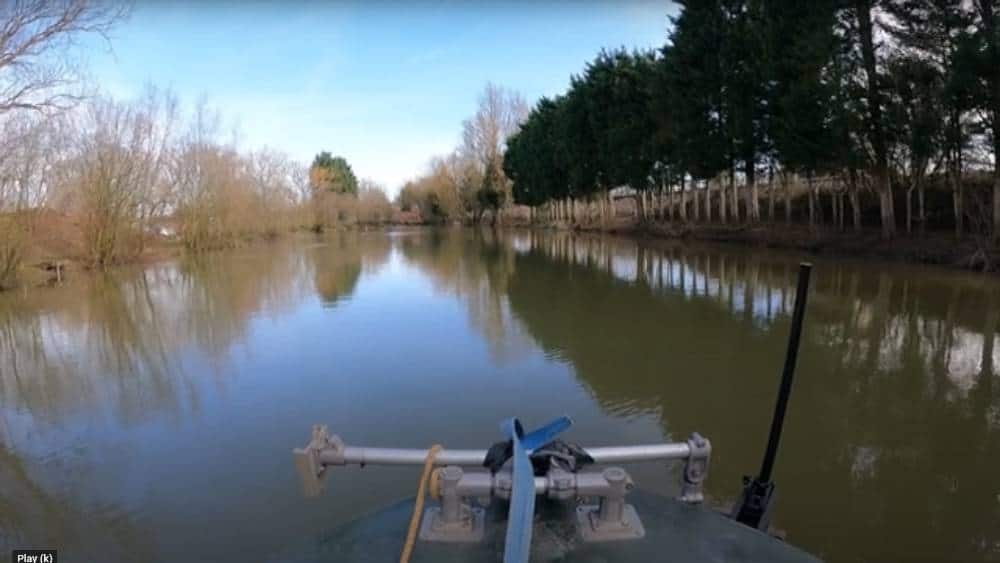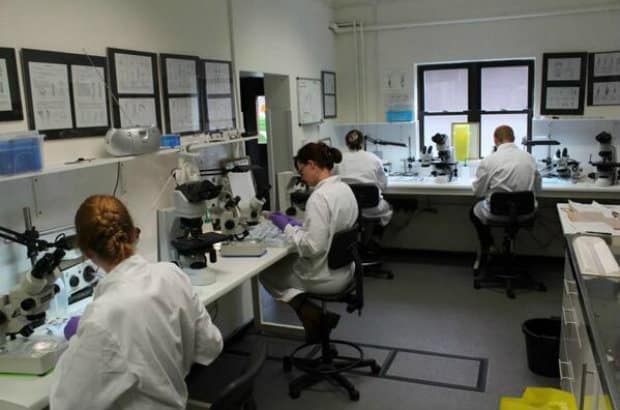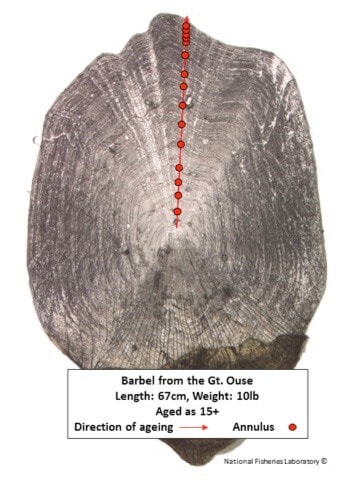Introduction
A good fishery does not manage itself and the management committee of the club are actively engaged in the complex work required to maintain the lake and its fish stocks for the benefit of all club anglers. Good water quality and healthy fish can resist adverse changes in the water and fend off the wide range of fish diseases that are present in UK waters.
Water Testing
Over the last four years our resident water tester John Edwards has tested the lake water quality every month from May to October checking the water is contaminant free and poses no risk to the fish stocks.
Dissolved Oxygen is measured continuously every 30 minutes by a probe left in the lake all year round.
The summer months pose the greatest risk for dissolved oxygen when high water temperature, low water levels and high fish activity can lower the oxygen to dangerous levels overnight.
The club has invested in aeration pumps that can be deployed to create ‘oxygen rich havens’ if the lake oxygen levels drop too low.
All of these efforts keep the lake water ecosystem functioning at an optimum level for fish health in both Summer and Winter.
With the high levels of natural food available in the Summer being supplemented by angler’s baits, it is a high growth time for fish.
The Winter is completely different as the natural food availability drops off as the weed dies back, water temperatures drop, and a lot less anglers bait enters the water.
The fish stocks have to survive the Winter on much lower levels of available food. Fortunately most fish metabolisms slow as the water temperature drops meaning they need less food.
See a video from the EA on the importance of – Dissolved Oxygen
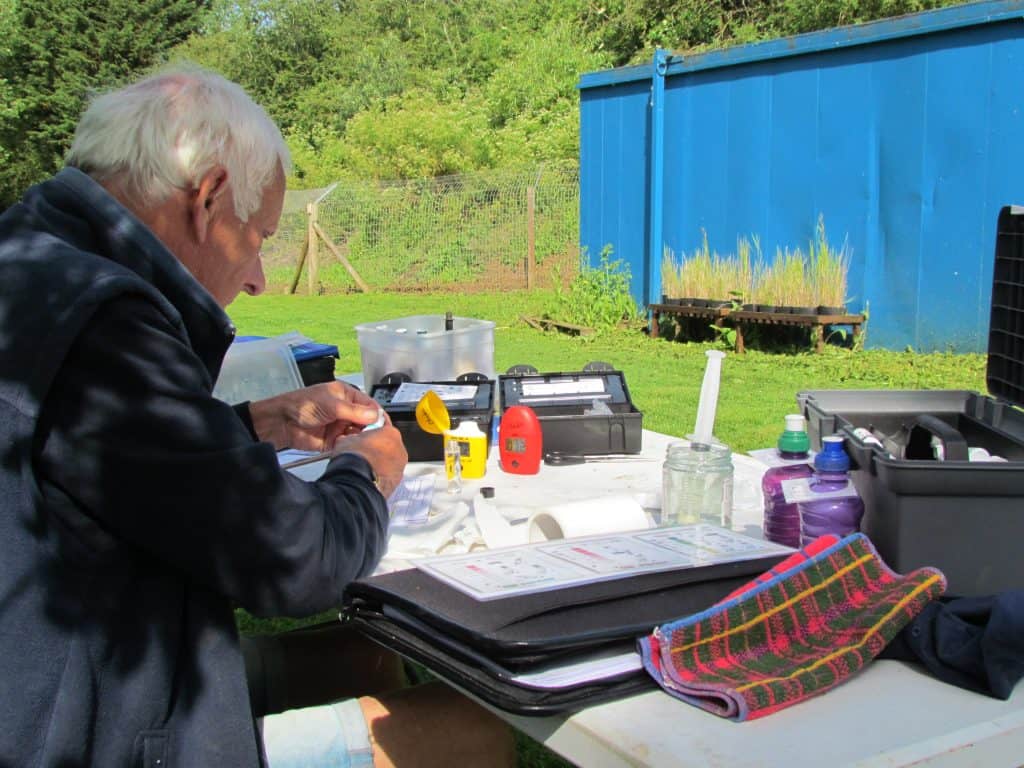
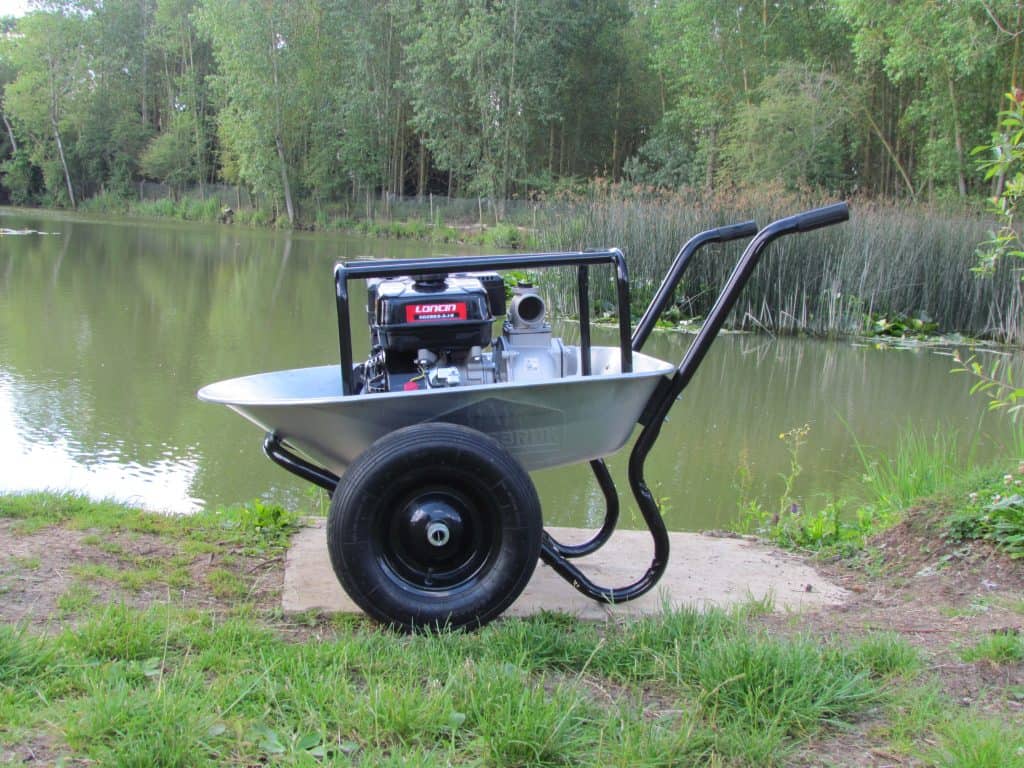
Fish Stocks
The level of fish stocks are an integral part of the whole ecosystem and if the lake has too many fish with not enough food in the Winter period this can cause fish stress, which makes them very vulnerable to infection and disease , or in extreme cases lead to fish death.
Surveys
A well balanced fishery should have sufficient stocks and range of species that all have enough food to grow and increase weight in the Summer, and survive through the Winter. Reproduction each year adds additional mouths and increased demands on the food supply and careful monitoring of the total fish stocks is required periodically.
The fish survey team from the EA are due to conduct a ‘silver fish’ survey in Winter 2021 to assess the numbers and sizes of the silver fish in the lake. These can pose the biggest problem in that Roach and Rudd can breed prolifically and hence impact the food supply for all fish if not monitored.
Fish Growth
In addition the club is undertaking a fish growth survey in autumn 2021 in close co-operation with Brampton Fish Laboratories which will see 200 fish of all species and sizes caught, weighed, measured and scales taken for analysis.
Fish scales grow like tree rings and indicate the age of the fish, combine this with the length and weight and the scientists can compare these with national fish growth data to tell if our fish are growing normally.
If the fish are not growing normally this indicates a food problem which can be indicative of over stocking, not necessarily from introduced fish but the result of the Roach/Rudd yearly increases.
The Roach and Rudd are predated by the Perch and Pike populations but these may not be large enough to greatly impact the increases in a good breeding year.
Understanding if all the species are affected or just one or two is part of the overall picture of fish growth that this wide ranging survey will help the club understand and drive the stocking program.
Depending on what both surveys show some stock removal may be necessary in the interests of balancing the stock to the food supply; this is the accepted good fishery management solution.
See a video from the EA about Brampton Fish Labs – Healthy Fish, Heathy Fishery
